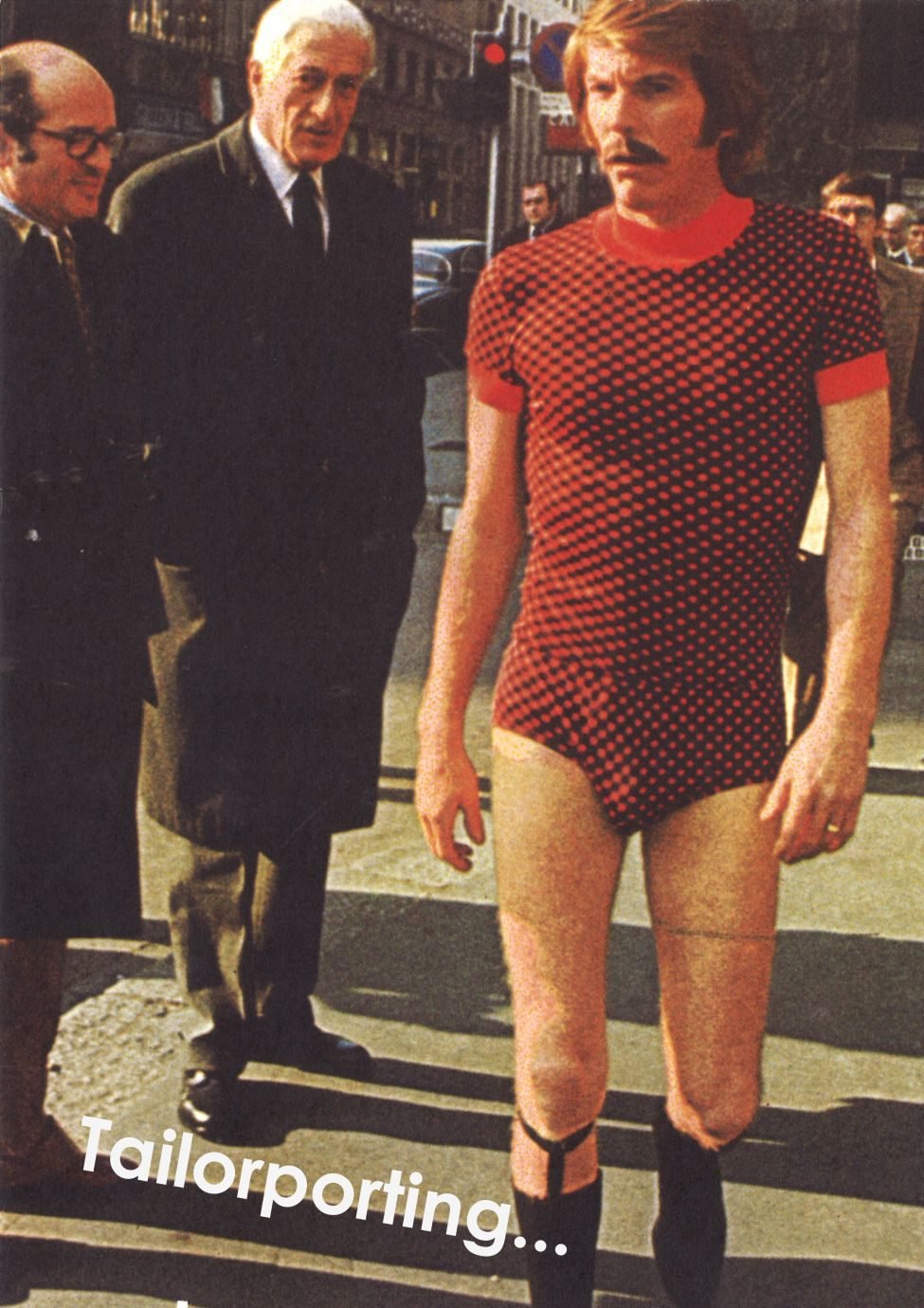How do you personally define ‘home’?
I migrated to London the year before I started at CSM, and started to question where I considered home to be around that time — was it my flat in London or my house in Venezuela? I knew there was no single answer, because you can have multiple notions of home simultaneously. Sometimes home is a safe space, or your body, or your family. Sometimes, your home feels claustrophobic and not like a home at all. Ironically, when I started the course, I wanted to get away from the high fashion work I had been doing, so it felt right to create something more personal. It was refreshing to have so much creative freedom, and home seemed like the right topic to explore within that. This project shows how I define home.
“Sometimes home is a safe space, or your body, or your family. Sometimes, your home feels claustrophobic and not like a home at all.”
What inspired the project and how are those references articulated in the final images?
Throughout history, women have been linked to nature and magic because of female biology and their role as nurturers — the womb is our first home. Meanwhile, men were seen as the representation of civilisation, culture and progress. I wanted to challenge that and discover female potential at every stage. Fabric has often been used to subvert the role of women in the home. Artists like Eileen Agar and Louise Bourgeois did this, as well as writers like Charlotte Perkins Gilman (The Yellow Wallpaper) and Barbara Creed (The Monstrous-Feminine), playing with the grotesque and the abject at the same time. I also fell in love with Dorothea Tanning, having seen her work at an exhibition in Madrid. So I took a course in soft sculpture and applied that to the project, using second-hand clothes to create masks. I also worked with Kimia Amini, an artist based in London who produced four masks for my project, representing the four archetypes of the stages of the female lifecycle: the maiden, the mother, the enchantress and the crone.
“I had this list of keywords that I kept coming back to: alienation, exile, identity, nostalgia and migration.”
Could you describe your creative process for ‘La Casa’?
I knew that I wanted to do a few different publications instead of just one. I wanted to include collaborations with different creatives and photographers. Where possible, I stuck to second-hand clothes, but I also included handmade masks and work by students and local designers. I had this list of keywords that I kept coming back to: alienation, exile, identity, nostalgia and migration. Over the summer, I went to Venezuela and started exploring these words more; that formed the basis of my work once I came back to London.

































